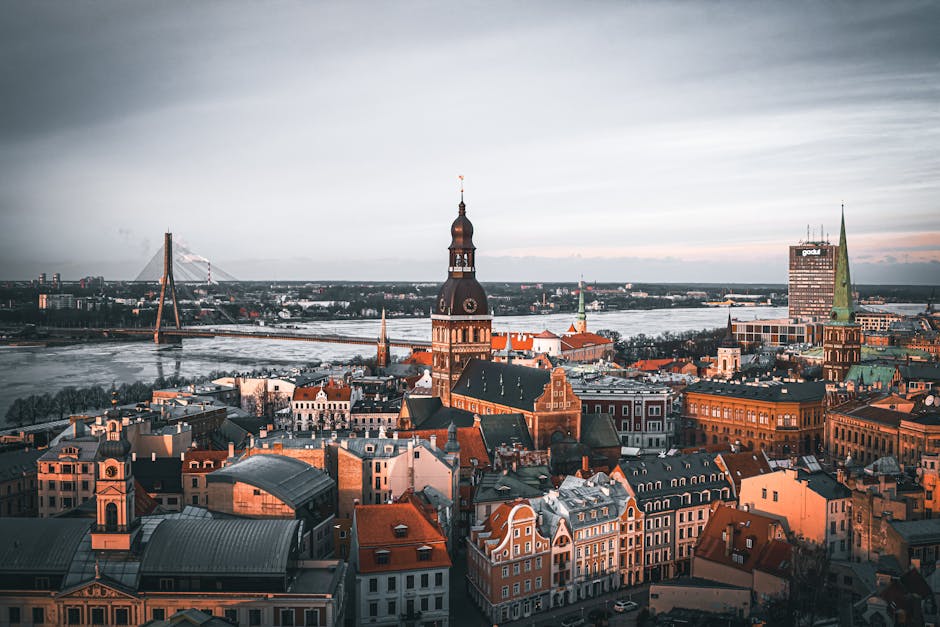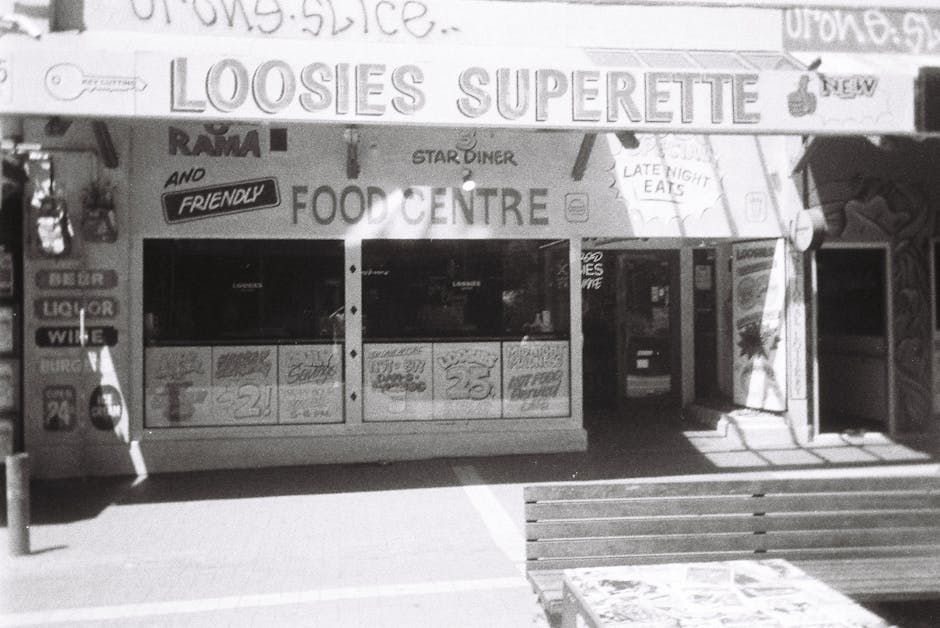Table of Contents
Look, every damn week, someone corners me, right? Usually at some shindig or a quick coffee down the road. They’ve got this glazed look, all earnest, and they say, “So, all this Google Maps stuff, that’s just putting your business on the map, isn’t it? Takes five minutes.” And I just wanna sigh. Five minutes? Mate, if it was that easy, everyone would be drowning in local customers, wouldn’t they? The whole world would be top of the list when someone searches “best pasty shop near me.” That’s not how it works. Never has been, never will be.
It’s a proper dogfight out there, especially for the local lads. You got your little electrical outfit, your chippy, your plumber, the boutique on the high street that just opened. They’re all scratching and clawing for those precious spots in the Google Maps three-pack. That’s what we call the “local pack,” for the uninitiated, the three businesses Google shoves right in your face when you do a local search. Gets you noticed. Gets the phone ringing. It’s what everyone wants, what they need if they’re going to survive these days. And getting there? That’s where a proper google maps seo service comes in, the real deal, not some fly-by-night outfit that promises the moon for fifty quid.
The “Just List It” Myth, and Why It’s Bollocks
I swear, half the folks out there think that just because they punched in their address and phone number on Google My Business – now it’s Google Business Profile, mind – that their work is done. Like, magic. Poof, customers appear. Nah. That’s like putting a sign up outside your shop that says “Open” and then expecting a queue out the door. You gotta do more. You gotta tell Google you’re serious. You gotta earn that spot. And Google, bless its algorithms, it’s always changing its mind, moving the goalposts. Keeps us on our toes, eh? Or maybe it just enjoys watching us sweat.
Think about it, people are searching on their phones now more than ever. They’re out and about, they need something right now. “Plumber near me,” “pizza delivery,” “hairdresser open late.” They ain’t scrolling through page after page. They look at that map, they see the first three, maybe four, and that’s it. Decision made. If you’re not there, you might as well not exist. What good is a brilliant product or service if no one can find you? You could have the cure for baldness, but if you’re buried on page seven, well, good luck with that.
Getting Reviews? More Than Just Asking Your Mum
Everyone bangs on about reviews. “Get reviews!” they shout. Sure, reviews matter, loads. But it’s not just about the number, is it? It’s about the quality of them. It’s about how often they come in. If you get 100 five-star reviews in one day and then nothing for six months, Google ain’t stupid. They know that looks a bit… off. And if they’re all from your mates saying “Best mate ever, five stars,” that ain’t gonna cut it either.
You need genuine feedback. Good and bad, actually. A few dings here and there can make the good ones look even more real. Shows you’re a real business, not some perfect, untouchable deity. How you respond to those bad ones? That’s gold, that is. Shows you care, shows you’re willing to fix things. People watch that. Google watches that. And for crying out loud, respond to the good ones too! A simple “Thanks so much for the kind words, Bob!” goes a long way. It’s a proper handshake, innit?
The Jargon Jungle: Citations, NAPs, and Links That Actually Matter
Alright, so you’ve got your Business Profile sorted, you’re thinking about reviews. What else? Well, you got your “citations.” Sounds fancy, doesn’t it? Basically, it’s just your business name, address, and phone number – your NAP, for short – listed consistently across the web. Yelp, Yellow Pages, industry-specific directories. Anywhere your business details show up. Needs to be exactly the same, every single time. A tiny difference, like “Street” versus “St.” in your address, can throw Google off. It gets confused, thinks you’re two different places. Or worse, it just shrugs and ignores you.
I’ve seen blokes pull their hair out over this. They’ve got listings all over the shop, old addresses, phone numbers that got disconnected years ago, different spellings of their own damn company name. And then they wonder why they’re not showing up in the Google Maps results. It’s like trying to find a specific needle in a haystack when half the needles are actually bits of straw that kinda look like needles. Get it sorted. It’s foundational.
The Backlink Hoax and What Really Works
Then there’s the whole backlink saga. Everyone thinks backlinks are some magic bullet for all SEO ills. For local SEO, and especially for that google maps seo service, it’s a bit different. You need local links. Links from other local businesses, local news sites, local community groups. A link from some random blog in Azerbaijan about knitting patterns probably ain’t doing your local garage much good.
Think local chamber of commerce websites, sponsorships of local sports teams with a link back to your site, local business associations. Those are the power players. Google sees those and thinks, “Ah, this business is part of the community. It’s legitimate.” They’re votes of confidence, basically, from people and organizations that matter in your area. And that’s what Google wants to see. It wants to give its users the most relevant, trusted local results. Makes sense, right? Who wants a dodgy, unreliable business showing up when they need an emergency locksmith? No one.
Who’s Doing It Right? A Look at the Players
So, you can try and DIY all this. Some people do. Some people fix their own leaky taps too. But if you want it done properly, by folks who live and breathe this stuff, you probably need a dedicated outfit.
Take BrightLocal. They’re not just some fly-by-night operation. They’ve got all the tools for tracking local performance, monitoring citations, keeping an eye on reviews. Many agencies use their platform. They’ve been around the block, seen it all. They know what’s what when it comes to local search.
Then there are the bigger agencies, like Ignite Visibility. They’re a full-service digital marketing company, but they absolutely have a team that specializes in local SEO. They’re working with big brands, multi-location businesses, so they understand the scale and the nitty-gritty of getting multiple locations to rank. They’re not just guessing; they’ve got the data, the case studies. It’s a proper machine they’ve built.
Or consider a firm like Sure Oak. They focus a lot on organic search, but local SEO is a massive component of that these days. They’ve got the kind of strategic approach that looks at your whole online presence, not just one little piece. That’s important. You can’t just focus on the map pack in isolation. It’s all connected, like a big, tangled ball of yarn. You pull one thread, and something else moves.
Content is Still King, Even for the Locals
People forget this for local stuff. They think it’s all about the address and the phone number. But if someone clicks through to your website from Google Maps, what do they see? A barren wasteland? Or helpful, relevant content? Your website needs to scream “We are here and we do this and we are good at it.” Location-specific landing pages, blog posts about local events, solutions to common problems in your area.
If you’re a roofer in, say, Cardiff, write about common roof issues in Cardiff. Talk about the Welsh weather and how it affects roofs. That tells Google you’re not just some generic roofer. You’re the roofer for Cardiff. And customers looking for a roofer in Cardiff? They’re gonna feel like you’re speaking directly to them. This ain’t rocket science, just common sense really. But it gets missed, doesn’t it? People are too busy chasing the shiny new thing. Sometimes the old, solid stuff just works.
The “But My Business Doesn’t Have a Shop Front!” Conundrum
Alright, let’s talk about the service-area businesses, the S.A.B.s. The plumbers, the electricians, the mobile dog groomers. They don’t have a physical shop where customers walk in. How do they handle Google Maps? This is where it gets tricky. Google explicitly says you shouldn’t have a public address if you don’t serve customers there. You list your service area, hide your address, and that’s that.
But here’s the kicker: it’s harder to rank in the local pack without a visible address. It just is. Google wants to show places people can physically visit. So, if you’re an S.A.B., your reviews become even more important. Your citations need to be spot-on. Your website content needs to be super localized. Sometimes I tell people, if you can swing it, get a small office space, even if it’s just for mail. It makes a difference for visibility, sometimes. Not always possible, I know. But it’s a thought.
Common Questions I Get Hit With, Every Time
“Do I really need a website for Google Maps SEO?”
Yeah, you do. Absolutely. Even if it’s a simple one. Google uses your website as a massive clue about your business. It pulls information from there. It checks for consistency. And when people find you on the map, they’re gonna click through to your site before they pick up the phone. Don’t be that business with just a GMB profile and nothing else. That’s like having a grand shop sign but no door to walk through.
“How long does it take to see results from Google Maps SEO service?”
Oh, the million-dollar question. “How long is a piece of string?” is my usual sarcastic reply. But seriously, it depends. If you’re starting from scratch, with no profile, no reviews, it’s gonna take longer. Three to six months for real movement, probably longer for top spots in competitive markets. If you’ve already got some presence, maybe quicker. It ain’t instant coffee, this stuff. It’s more like growing a prize-winning pumpkin. Takes time, takes consistent effort.
“My competitors are ranking higher, what gives?”
Well, they’re probably doing more. Or they started earlier. Or they’ve got better reviews. Or they’ve got more local links. Or their website is better optimized. It’s rarely one thing. It’s a combination. What Google Maps SEO service are they using, do you think? Or are they doing it themselves, but actually doing it right? You need to audit what they’re doing. See their backlinks. See their review count. Read their reviews. Figure out their game plan. Then do it better.
“Can I just buy Google reviews?”
Don’t you dare. Just don’t. Google will sniff that out eventually. People will sniff that out. It might give you a tiny bump for a week, then BAM, you’re penalized. Your profile gets suspended, maybe even removed. It’s not worth it. Play fair. Earn those reviews. Ask your happy customers. It takes patience, but it’s the only way to build something that lasts. Shortcuts usually lead to a longer, harder road later. Trust me on this one. I’ve seen the carnage.
It’s a constantly moving target, this Google Maps SEO service game. What works perfectly today might be slightly tweaked tomorrow. But the fundamentals? They largely stay the same. Be legitimate. Be active. Be consistent. Give Google a reason to trust you. Give your potential customers a reason to choose you. And for crying out loud, don’t assume it’s “just five minutes work.” If you do, you’re leaving money on the table. And in this economy, who can afford that, eh?



